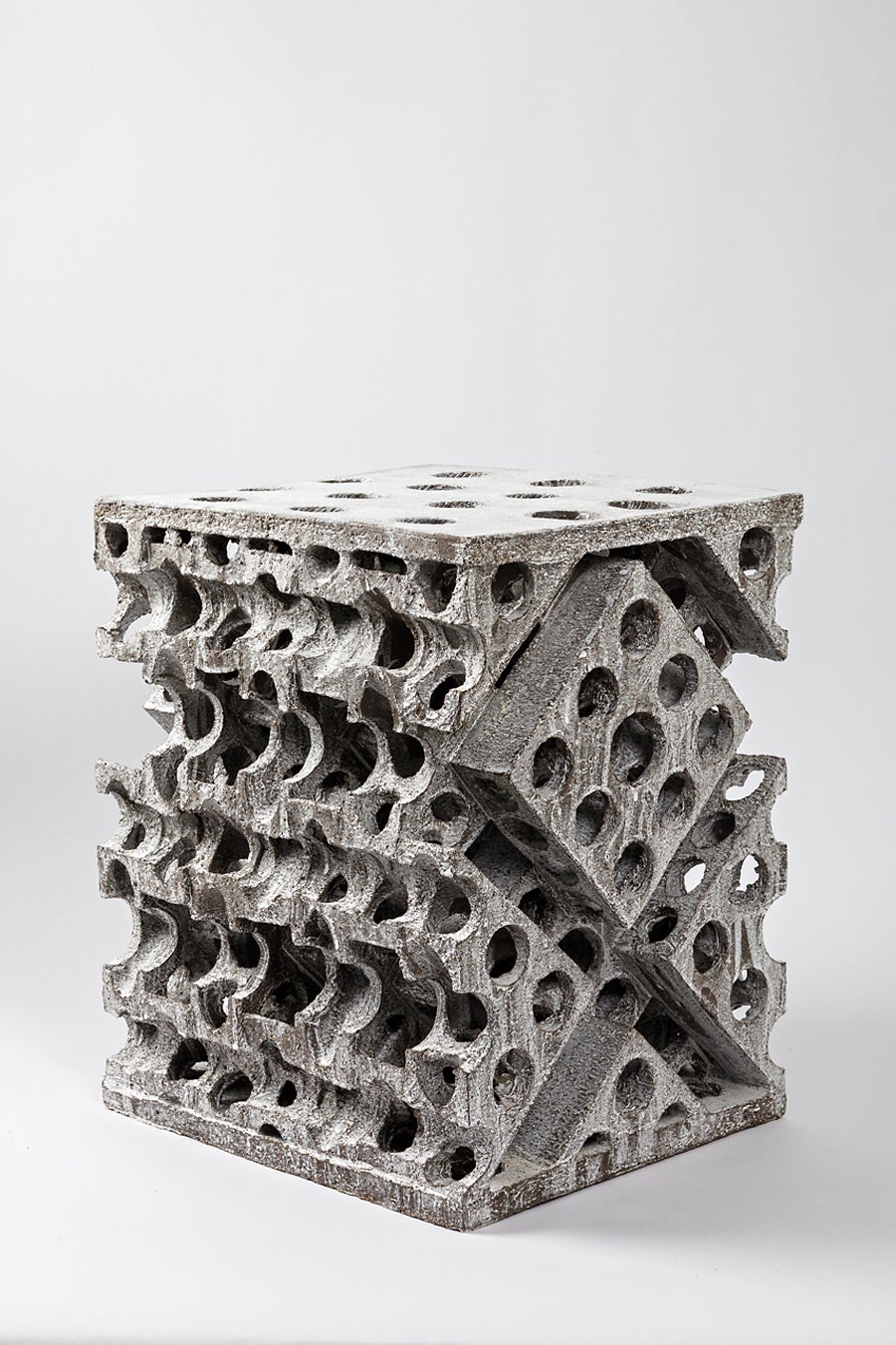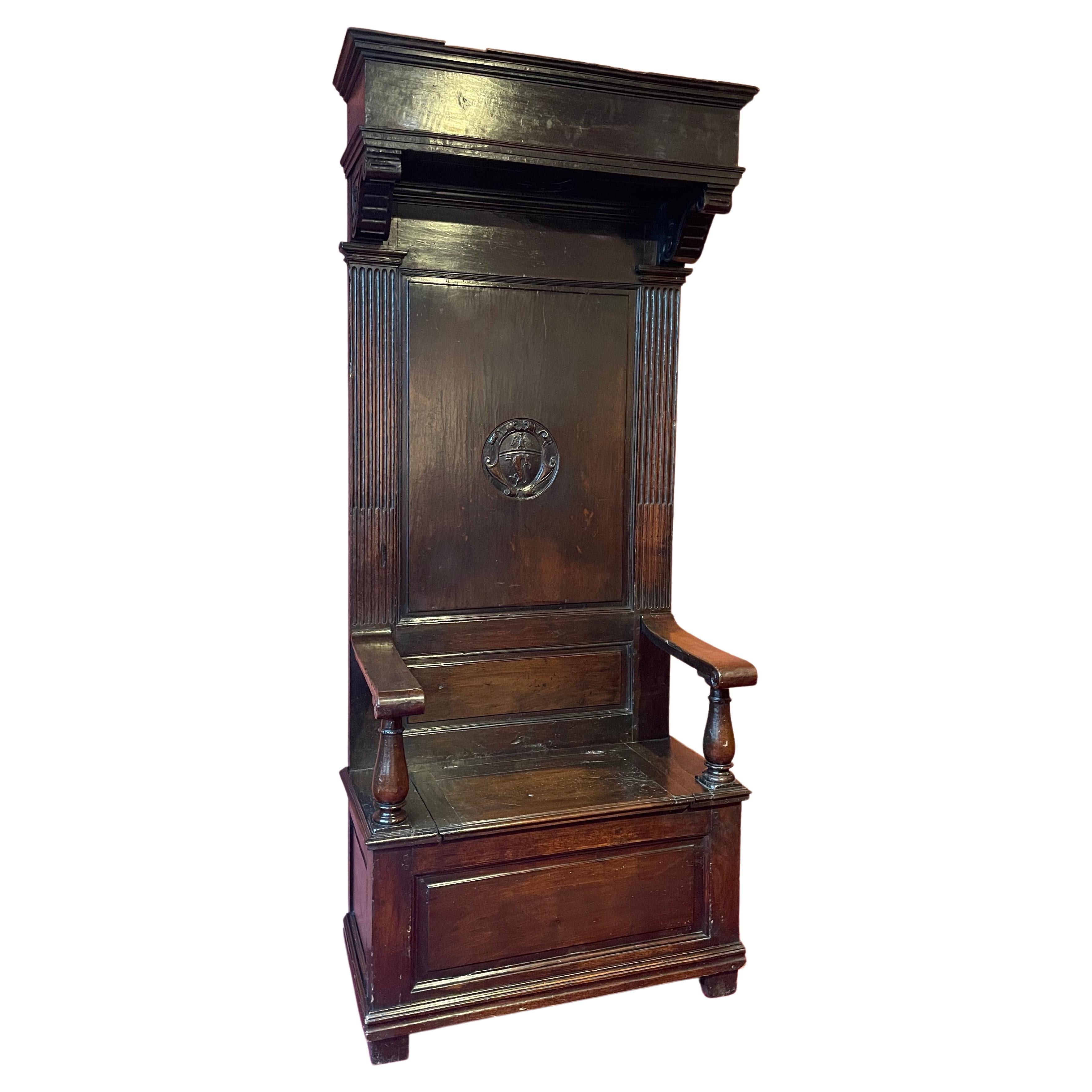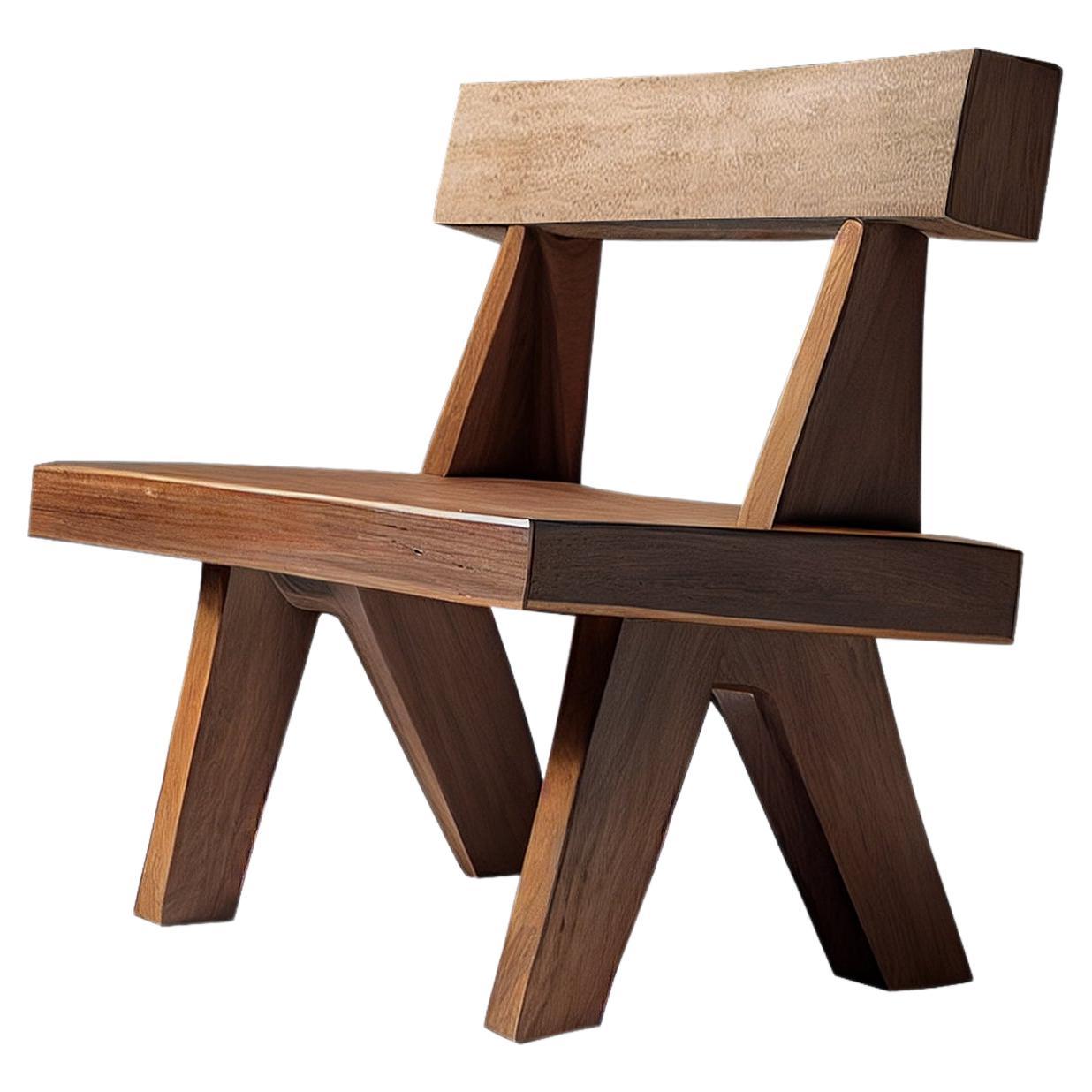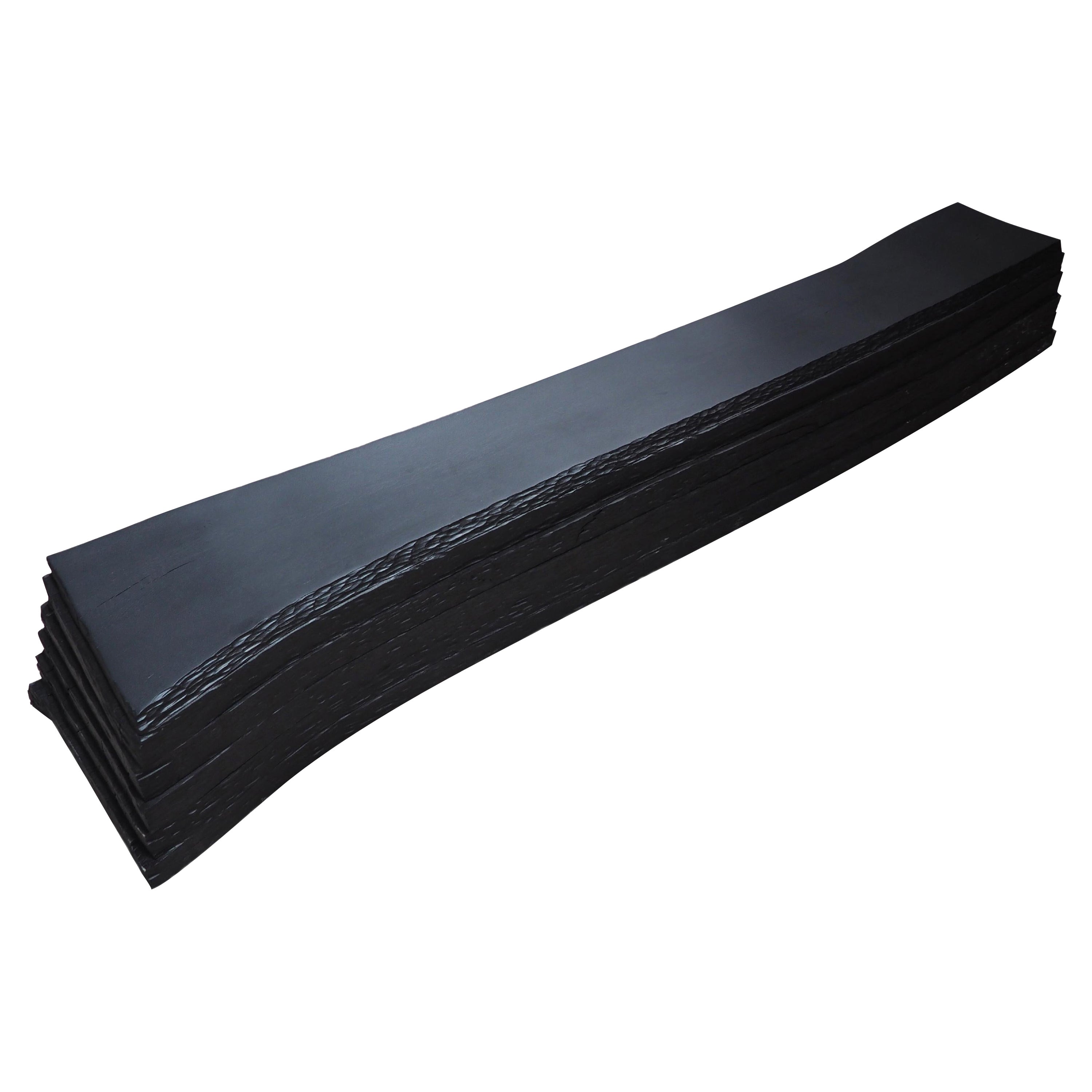Items Similar to Rare Double Cathedra Made from Walnut Wood Sculpted, and Inlaid, Around 1500
Want more images or videos?
Request additional images or videos from the seller
1 of 5
Rare Double Cathedra Made from Walnut Wood Sculpted, and Inlaid, Around 1500
About the Item
Rare double Cathedra made from walnut wood, sculpted, and inlaid, around 1500
Origin: Southern Germany
Period: Late 15th Century - Early 16th Century
Height: 221cm
Width: 146,5cm
Depth: 60,4cm
Walnut wood and inlaid
Good state of conservation
Description:
This double cathedra in walnut wood was probably intended for an abbey, according to the sculpted decor.
This cathedra is made from a symmetrical aspect and is divided into three levels. The bottom level has a base sustained by six feet. In the front, the base is decorated by four sculpted elements flattened with a “napkin fold decoration”. Each of the seat rises, revealing a trunk.
The intermediate level in divided by three straight and solid armrests. The lower part of the backrest has two inlaid panels with “tarsia certosina” for geometric patterns. This technique also called “inlay in the mass” consists in digging a cavity in the wood to inlay decorative elements. Those panels are framed with the “tarsia a toppo” technique.
The top level is divided in two elements. The top part of the backrest has two panels, where parchment patterns frame two badges. Three pinnacles dominate the summit of the backrest.
The center of the backrest is sculpted in a rectangular shape. Inside, there are two niches with biblical characters: Saint Anthony the Great and the Virgin Mary.
Saint Anthony the Great:
Or Antony the Ermit is a monk considered as the father of the Christian monasticism. Born around 251 in Egypt, he withdraws very early into a spirituel solitude. Divine powers are conferred to Saint Antony thanks to the exorcism of the king of Catalonia’s family. But also, the piglet’s episode, born blind.
During the XI century, a hospital Order is founded under the invocation of the saint which makes him a holy thaumaturgist.
His iconography appears during this period, often represented as an old man with a bear wearing a hooded bute dress, characteristic of the monks of his order, sign of poverty. Also, wearing a long coat. This bas-relief takes back all its usual attributes.
- The tau: holding in his left hand, which serves as an abbot’s crook. Also embroidered on his coat.
- The bell: hanging from his right hand, also known as hermits’ attribute, used to repel demons.
- The book of “la règle des Antonins”: sign of the diffusion of the Faith and the precepts of the Order.
- The pig: first, from the piglet’s episode. Then he often is linked to demons, and has another function here: he represents firefighting, coming from the fact that his meat could cure ill people from ergot poisoning. In Italie, he’s known as “Antonio del porco”.
- Flames: are associated to the French name of the ergot poisoning (“le feu saint Antoine”: Saint Anthony fire). This attribute is emerging during the XVI century.
Furthermore, a nimbus crowns the hermit. The two olive branches symbolize peace. We can see resilience and the pain of the saint who bares the disease of humanity.
The Virgin of the Apocalypse:
Saint Antony is looking at the Woman of the Apocalypse. This biblical character appears in the twelfth chapter, described by Saint John. Theologians have recognized the appearance of the Virgin even though there are differences for this identification. As a matter of facts, to some, this figure could be the New Eve holding the New Adam in her arms.
Other iconographic representations, such as the Immaculate Conception or the Assumption, use the Woman of the Apocalypse attributes.
In fact, the Virgin is crowned by angels, holding the Christ. This representation of the Virgin of the Apocalypse is being formed during the Middle Ages and the Renaissance. This iconography takes it rises during the XVI century.
In our cathedra, the Virgin is standing up, wrapped in a long flowing drape falling down her feet. The collar of her tunic is decorated with embroidery and brocades.
Mary is wearing her hair down, framing a calm and benevolent face, looking down. Two angels are crowning her, with gemstones.
She seems to be holding a Christ gesticulating. The baby Jesus hangs on Mary’s neck.
Finally, the Virgin is resting on a moon cross. The moon symbolizes the frontier between the incorruptible world and the corruptible one, which in the ancient tradition, used to be under the moon. And so, the Virgin seems incorruptible.
Literature
• RÉAU, Louis, Iconographie de l’Art Chrétien, Iconographie des saints (A-F), Tome III, Presses Universitaires de France, Paris, 1988, p. 101-113
• SAINT JEAN, « l'Apocalypse » (XII, 1-2), Bible de Jérusalem, Les Éditions du Cerf, 1997.
- Dimensions:Height: 87.01 in (221 cm)Width: 57.68 in (146.5 cm)Depth: 23.78 in (60.4 cm)
- Materials and Techniques:
- Period:
- Date of Manufacture:circa 1500
- Condition:Repaired. Wear consistent with age and use.
- Seller Location:Saint-Ouen, FR
- Reference Number:1stDibs: LU3115330449632

About the Seller
5.0
Vetted Seller
These experienced sellers undergo a comprehensive evaluation by our team of in-house experts.
Established in 2016
1stDibs seller since 2017
158 sales on 1stDibs
Typical response time: 8 hours
- ShippingRetrieving quote...Ships From: Saint-Ouen, France
- Return PolicyThis item cannot be returned.
More From This SellerView All
- Northern Italy Renaissance Cathedra with a CanopyLocated in Saint-Ouen, FRThis cathedra or chayère chair is conceived following rules of monumental architecture. The seat can be lift open to reveal a chest. Both curved arm-rests are supported by a baluster...Category
Antique 16th Century Italian Renaissance Armchairs
MaterialsWalnut
- Rare Renaissance Caquetoire from the Fontainebleau SchoolLocated in Saint-Ouen, FRRARE RENAISSANCE CAQUETOIRES FROM THE FONTAINEBLEAU SCHOOL WITH A PERSPECTIVE MOTIF THAT COULD FORM A PAIR ORIGIN : FRANCE, VAL DE LOIRE or ILE DE FRANCE PERIOD : 16th CENTURY Heig...Category
Antique 16th Century Armchairs
MaterialsWalnut
- Rare Renaissance Caquetoire with a Perspective motif from LyonLocated in Saint-Ouen, FRThe trapezoidal armchair is a typically French creation from the second half of the sixteenth century. Although the nineteenth century gave it the name of "caquetoire", it was descri...Category
Antique 16th Century French Renaissance Armchairs
MaterialsWood, Walnut
- Renaissance Cathedra with Perspective MotifLocated in Saint-Ouen, FRRENAISSANCE CHAYÈRE WITH PERSPECTIVE MOTIF ORIGIN: FRANCE, LYON ÉPOQUE: FIRST HALF OF THE XVI CENTURY Height: 166cm Width: 74cm Depth: 47cm Walnut wood From: Château de Quintin’...Category
Antique 16th Century Office Chairs and Desk Chairs
MaterialsWalnut
- Beautiful Renaissance Walnut ArmchairLocated in Saint-Ouen, FRBeautiful Renaissance walnut armchair. Origin: Italy. Period: 16th Century. Dimensions: height: 110 cm. length: 66 cm. depth: 50 cm. Material: walnut wood. leather t...Category
Antique 16th Century Armchairs
MaterialsLeather, Walnut
- Beautiful Renaissance Carved Walnut ArmchairLocated in Saint-Ouen, FRBeautiful Renaissance Carved Walnut armchair Origin : Italy Period : 16th century Dimensions: Height: 114 cm Seat height: 52 cm Widt...Category
Antique 16th Century Armchairs
MaterialsWalnut
You May Also Like
- Bench in the Style of Mobichalet Made of Solid Wood, Brutalist SeatBy MobichaletLocated in Estado de Mexico CP, Estado de MexicoBench in the style of Mobichalet made of solid wood, Brutalist seat by NONO. NONO's Mobichalet-inspired bench seat is the perfect addition to any rustic interior. Made from solid ...Category
2010s Mexican Modern Benches
MaterialsHardwood
- An Extremely Rare Exhibition Quality Egyptian Revival Walnut and Inlaid BenchLocated in Benington, HertsAn Extremely Rare and Possibly Unique Walnut and Inlaid Egyptian Revival Bench or Window Seat French Circa - 1922-25 Of exhibition quality, ma...Category
Vintage 1920s French Egyptian Revival Benches
MaterialsWalnut
- 1960s Italian Midcentury Wood and Cord Woven Rope Lounge Bench ArmchairBy Adrien Audoux and Frida MinnetLocated in Carimate, ComoStylish 19060s Mid-Century Modern lounge bench armchair in wood and cord or woven rope, in the style of Audoux Minet. The design and shape of the wooden structure, typical of Mid-Cen...Category
Mid-20th Century Italian Mid-Century Modern Benches
MaterialsCord, Rope, Wood
- Sculpted Bench in Black from Oak Wood by Desia AvaBy Desia AvaLocated in София, BGInspiration behind Sculpted bench: What looks as a solid pile of 6 wooden planks on top of each other is in fact only 1 solid wooden plank (the top one) and just the outlines of t...Category
2010s Bulgarian Benches
MaterialsOak
- Walnut Cantilever Arm Bench by PhaedoLocated in Geneve, CHWalnut cantilever arm bench by Phaedo Dimensions: L 60" x D 18-1/2" x H 35" inches Materials: natural black walnut The Cantilever ben...Category
2010s American Modern Armchairs
MaterialsWalnut
- Cathedra or Throne Chair, Late 16th Century, French Second Renaissance, WalnutLocated in BUNGAY, SUFFOLKA moulded cornice sits above the high, panelled back with fluting and applied roundels. The later, metal pin on the left edge releases the central, moulded panel in the back which retains its original hinges. When the pin is removed the panel can be lowered, revealing a large area behind. The scroll arms are supported by tapering turnings which can be compared with mid-16th century benches of the nave such as those in the churches in Gerberoy and Coivrel which are in Oise, the Piccardie region of Frances. The panelled, box seat has later 18th century hinges...Category
Antique 16th Century French Renaissance Armchairs
MaterialsWalnut
Recently Viewed
View AllMore Ways To Browse
Antique Furniture Look Up
Inlaid Wood Art
Wood Furniture Made From Branches
Dress Form Wood
Hospital Furniture
Used Hospital Furniture
Circa 1500
Embroidery Wood
Figural Inlaid
Inlaid Armchair
Wood Coat Arms
Double Seated Armchair
Double Seat Armchair
German Inlaid Furniture
Antique Wood Room Divider
Wood Blinds
Coat Of Arms Wood
Walnut 16th





